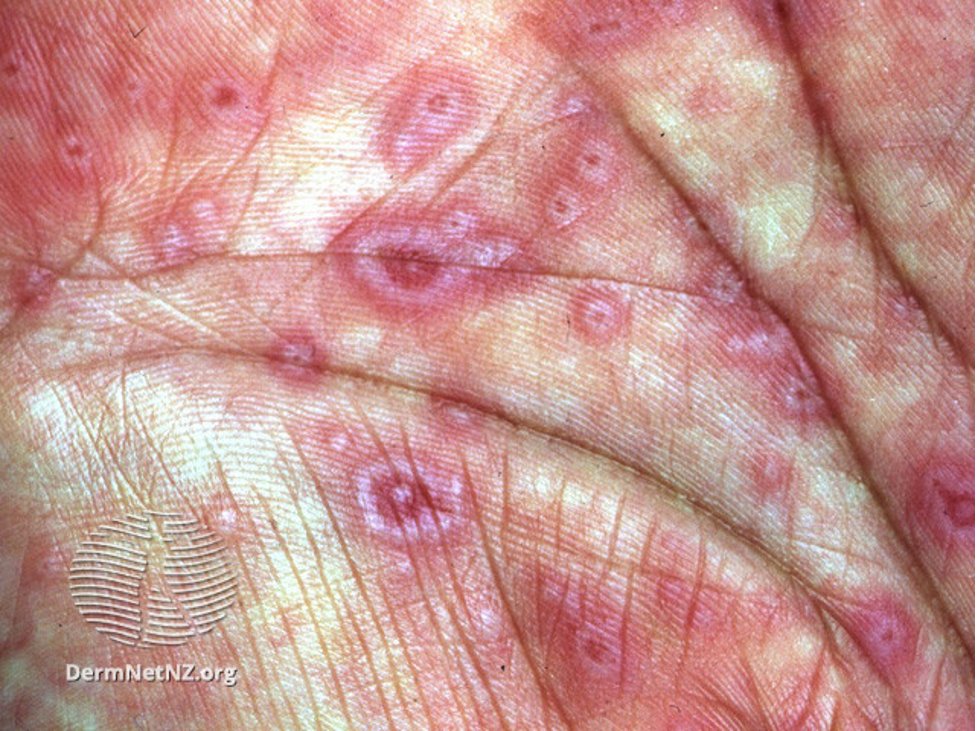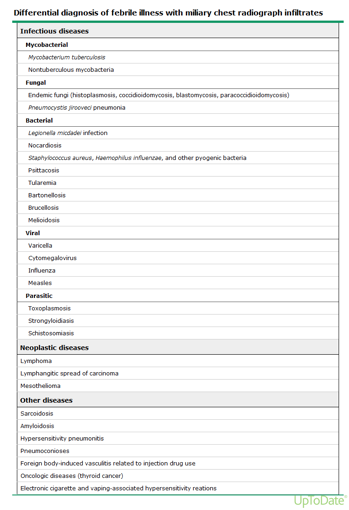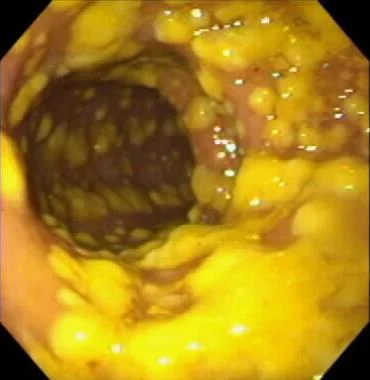
A clinical pearl I learned during a recent stent on clinical service is the relationship between influenza & group A streptococcus (GAS, AKA Strep pyogenes).
Thus, let's commence an #IDTwitter #Tweetorial
/thread
Thus, let's commence an #IDTwitter #Tweetorial
/thread
1/ CDC & WHO are reporting increases in GAS in children this winter
I suspect this is due in part to GAS's association with viral respiratory illnesses, in particular flu, but this association isn't exclusive to children or flu
emergency.cdc.gov/han/2022/han00…
who.int/emergencies/di…
I suspect this is due in part to GAS's association with viral respiratory illnesses, in particular flu, but this association isn't exclusive to children or flu
emergency.cdc.gov/han/2022/han00…
who.int/emergencies/di…
2/ Influenza mediates an increased risk in bacterial infection through multiple mechanisms
- ⬆️ bacterial adherence by removing sialic acid
- Mucociliary escalator destruction
- ⬇️ macrophage clearance
ncbi.nlm.nih.gov/pmc/articles/P…
- ⬆️ bacterial adherence by removing sialic acid
- Mucociliary escalator destruction
- ⬇️ macrophage clearance
ncbi.nlm.nih.gov/pmc/articles/P…
3/ Murine models suggest
1) Risk of GAS superinfection depends on the flu & GAS strain types
2) Flu ⬆️ GAS adherence & internalization due to ⬆️ fibronectin & fibrinogen ligands
3) Influenza vaccination protects from GAS mortality
ncbi.nlm.nih.gov/pmc/articles/P…
1) Risk of GAS superinfection depends on the flu & GAS strain types
2) Flu ⬆️ GAS adherence & internalization due to ⬆️ fibronectin & fibrinogen ligands
3) Influenza vaccination protects from GAS mortality
ncbi.nlm.nih.gov/pmc/articles/P…

4/ In a paper from Morens & Fauci (yes, that one) in 2007 regarding the 1918 H1N1 influenza pandemic, Strep pneumo & GAS were the most commonly identified bacteria in autopsy studies (followed by H. flu & Staph aureus)
academic.oup.com/jid/article/19…
academic.oup.com/jid/article/19…

5/ Similarly, a @CDCMMWR study of 77 autopsies from the 2009 H1N1 influenza pandemic found that among 22 patients with identified bacterial pathogens, 6/22 (27%) were due to GAS (only Strep pneumo & Staph aureus were more common)
cdc.gov/mmwr/preview/m…
cdc.gov/mmwr/preview/m…
6/ Likewise, Israel saw an increase in GAS bloodstream infections during the 2009-2010 influenza season
academic.oup.com/cid/article/53…
academic.oup.com/cid/article/53…

7/ Interestingly, influenza vaccination in Army recruits in 2002-2006 was associated with a 66% decreased risk of GAS infections
pubmed.ncbi.nlm.nih.gov/18501484/
pubmed.ncbi.nlm.nih.gov/18501484/

8/ A few key takeaways on flu & GAS:
💥 Influenza and invasive GAS infections have a close relationship
💥 Consider GAS in DDx of bacterial superinfection with influenza (next to Strep pneumo and Staph aureus)
💥 Preventing flu via vaccination likely protects against GAS too!
💥 Influenza and invasive GAS infections have a close relationship
💥 Consider GAS in DDx of bacterial superinfection with influenza (next to Strep pneumo and Staph aureus)
💥 Preventing flu via vaccination likely protects against GAS too!
• • •
Missing some Tweet in this thread? You can try to
force a refresh

















